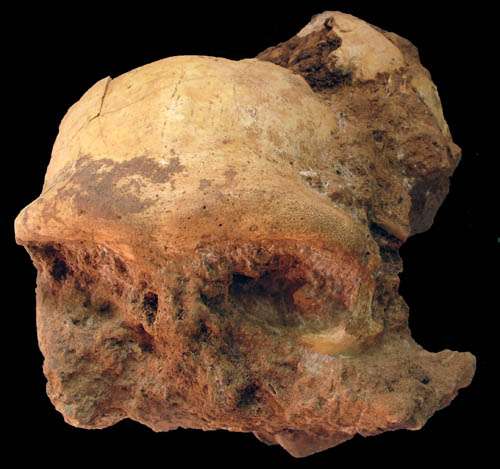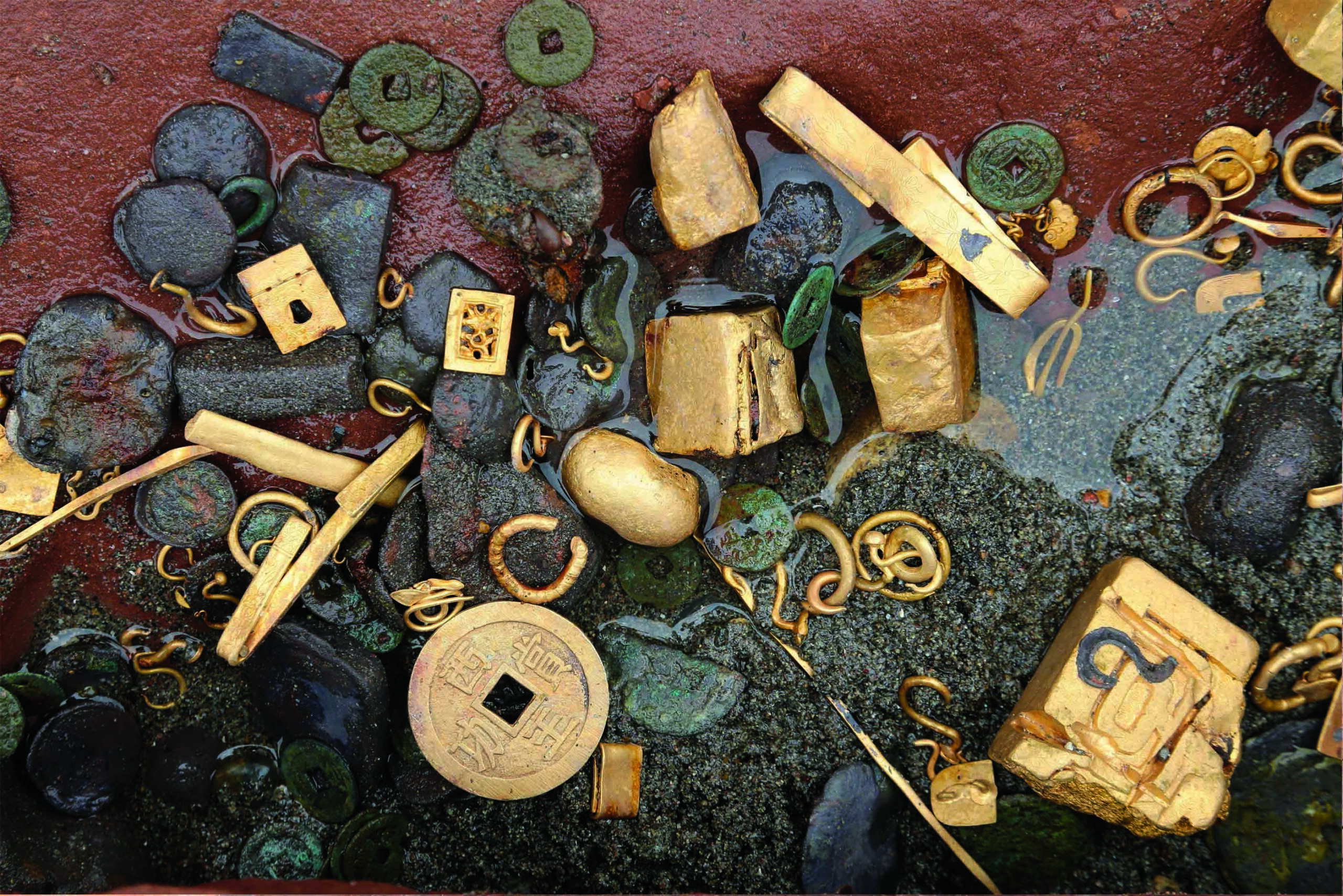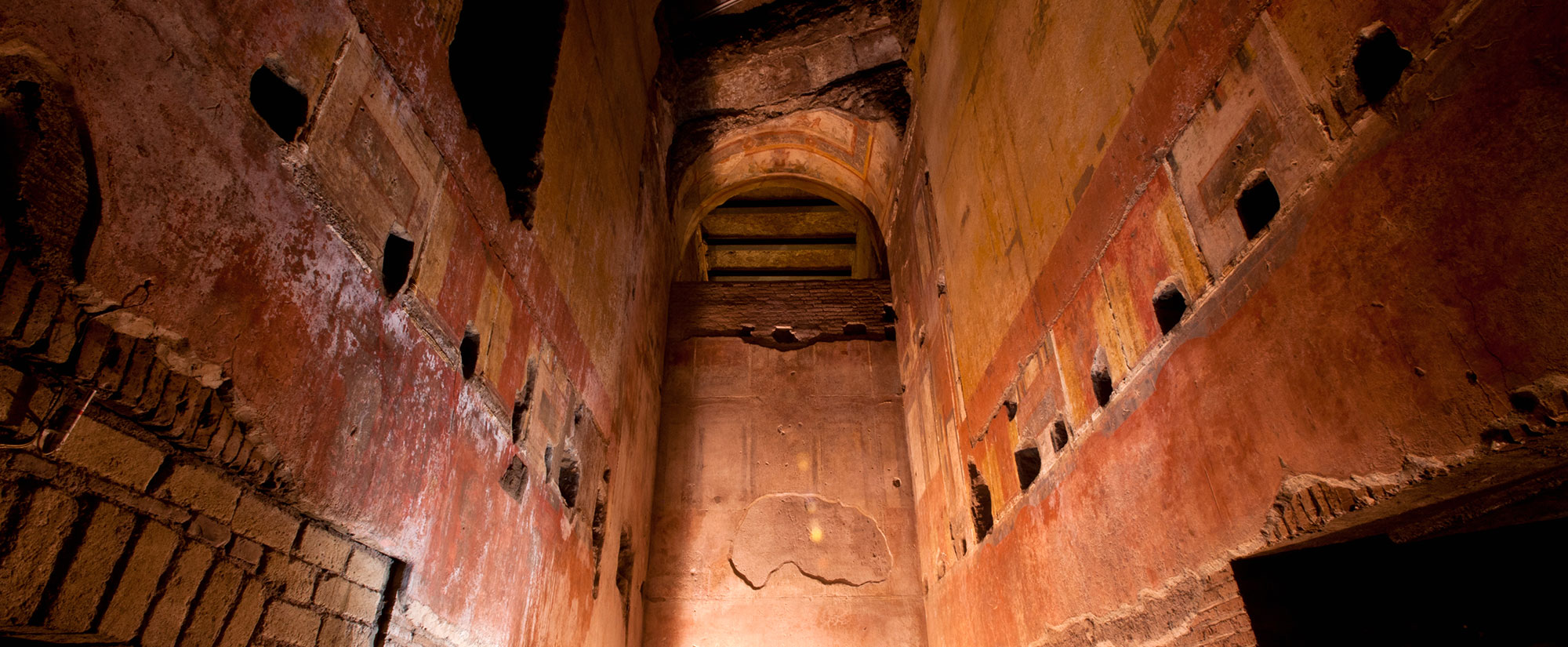
HEFEI, CHINA—An “uncommonly well-preserved” Homo erectus skull estimated to be between 150,000 and 412,000 years old has been unearthed in east China at the Hualongdong archaeological site by a team from the Institute of Vertebrate Paleontology and Paleoanthropology (IVPP). Named “Dongzhi Man,” after the county in Anhui Province where it was found, the skull was found among stone tools, teeth and other bone fragments, and more than 6,000 bones from animals, including stegodon, giant tapir, and giant pandas. “All of this indicates the site is exactly where the Dongzhi men lived as we found the bones of the animals were broken in quite an unnatural way. To put it more precisely, they were cut or chopped with tools into small pieces, meaning the animals were eaten or used as sacrifices,” researcher Liu Wu told Xinhua News. Further tests will help pinpoint the age of the fossilized skull.











